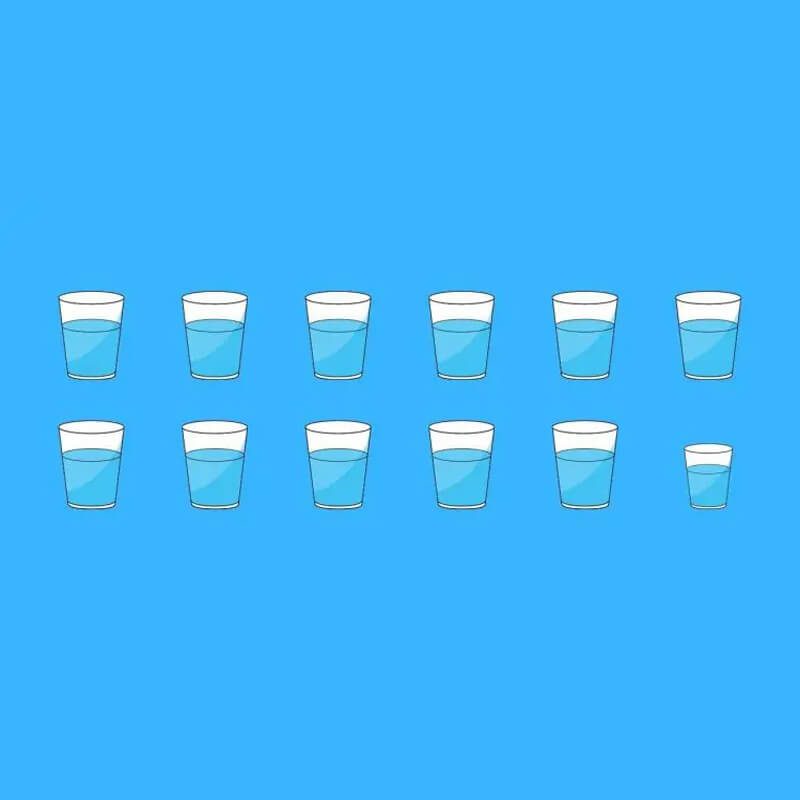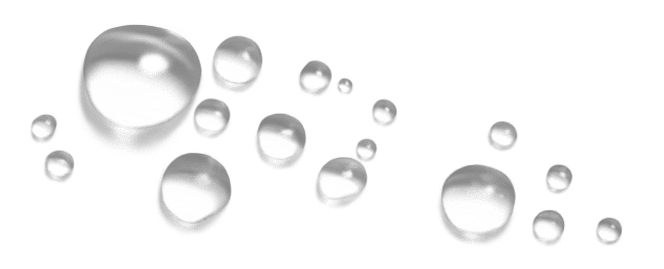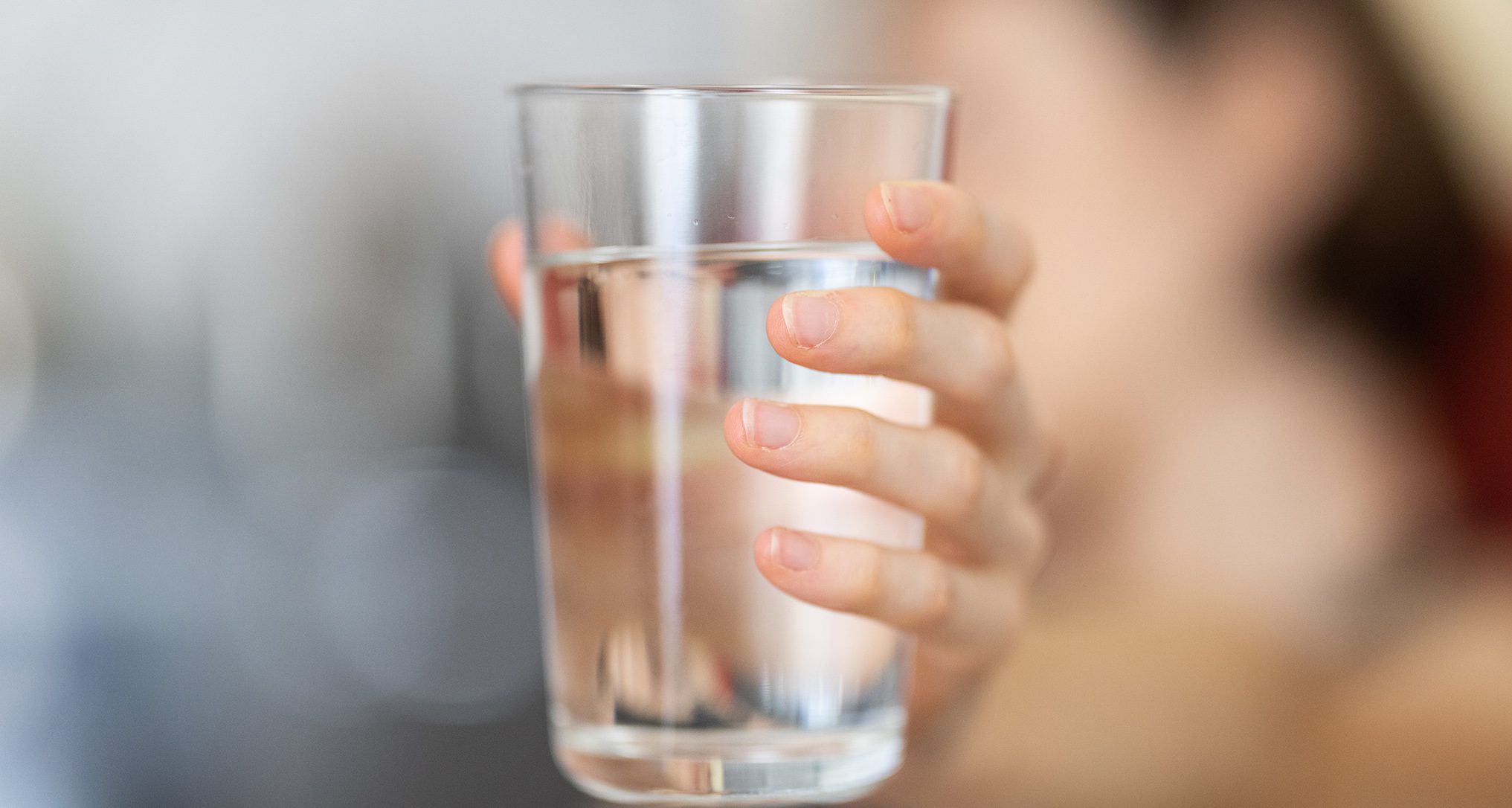The Right Water is Medicine. The Wrong Water Could Lead to These Diseases
Is water medicine?
It turns out that one of the most plentiful substances on our planet — and in our body, accounting for roughly 60% of our total makeup — could be both the easiest way to introduce risk and the best way to heal ourselves from the inside out.
What’s wrong with our water?
According to the Mayo Clinic and the U.S. National Academies of Sciences, Engineering, and Medicine, the old recommendation to drink 8 ounces of water a day is outdated. In fact, women should be drinking about 11.5 cups of water per day while men require about 15.5 cups.

All that said, water consumption becomes significantly less beneficial if you’re unwittingly downing water that’s dirty or otherwise, contaminated. The CDC says some 7.2 million Americans get sick from waterborne diseases every year, including exposure to:
- Salmonella: Yes, salmonella can come from undercooked chicken, but also other produce and proteins and even water contaminated with animal waste.
- Giardia: Giardia occurs when a particular parasite invades a local pond or stream, swimming pool, or even in a municipal water supply. Most cases clear up in a matter of weeks, but some people who are exposed to giardia will experience nausea, diarrhea, and abdominal pain for years.
- Hepatitis A: Poor sanitation and hygiene are behind this infection. Those exposed to it through contaminated water could experience fatigue, nausea and vomiting, jaundice, and sudden fever among other symptoms.
- E. coli: This well-known bacteria is beneficial when balancing your gastrointestinal system, but if e. coli from animal waste makes its way into the water supply, it can make humans incredibly sick, with symptoms particularly worse in at-risk populations like the elderly and young children.
- Dysentery: The main risk associated with this hygiene-related intestinal infection, which can be caused by a parasite as well as bacteria or viruses, is that severe gastrointestinal distress can lead to dangerous levels of dehydration.
- Typhoid: Far more common in undeveloped nations than in industrialized countries like the U.S., typhoid is a highly contagious disease spread through contaminated food or water.
- Cholera: Another waterborne disease linked to poor sanitation, cholera mostly leads to digestive upset and muscle cramping, but 1 in 10 patients develop life-threatening symptoms.
PFAS: Four letters, tons of problems
Another major issue with our water is PFAS, otherwise known as per- and polyfluoroalkyl substances. These chemicals rose to popularity in the food packaging industry nearly a century ago and have since seeped in our water, air, soil, and animal population — including humans. The problem is that these chemicals can have negative effects on your health, including:
- Decreased fertility
- Thyroid disease
- Liver damage
- Cancer, particularly testicular and kidney
- Hormone suppression
- High cholesterol
- High blood pressure in pregnant women
- Low birth weight in babies
- Obesity
One of the best ways to lower your risk of complications related to PFAS exposure is to rethink where you get your drinking water. A bottleless system from Stonybrook Water supplies your home or office with cold, hot, and even sparkling water on demand — all free from the toxic chemicals and contaminants found in much of our nation’s water supply.
Photo by engin akyurt on Unsplash
one week free trial
Fill out the form below and get a 1 week free trial!



